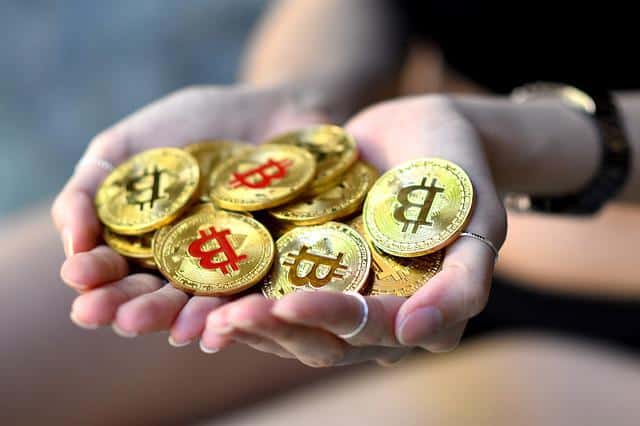
Experts illustrate the value of these factors using a basic supply-and-demand model in bitcoin. You may use a reputable trading App to incur the utmost potential trading features for bitcoin traders like eased account creation, no verification, and the best bitcoin market analysis. If people found more bitcoin on the market and buyers continued to purchase, the price would be expected to decline.
Conversely, if people found fewer bitcoin available on the market, but the demand remained high, then it would be expected for prices to rally. As experts have noted, the number of bitcoin on the market is set by cryptocurrency exchange transactions that send bitcoin to other addresses. However, if an address has unspent outputs at the time when a cryptocurrency exchange transaction is included in the blockchain, new coins are not created for that address. As a result, these coins can be spent and thus enter circulation.
Contents
Analysis of supply and demand changes in bitcoin with time:
Experts measure the supply of bitcoin using this method by taking all of the unspent outputs from cryptocurrency exchange transactions throughout history and adding them to our supply analysis. People do this to understand the point at which the supply of bitcoin will change; obviously, it is difficult to predict that.
There are two main points where experts measure the supply of bitcoin in the analysis: January 1st, 2009, and the time at which they were created on August 18th, 2012. We take these two points because they represent two unique values for bitcoin: one created artificially due to a fork in February of 2010 and one created naturally through mining after August 2012.
In the analysis since January 1st, 2009, experts calculate a linear regression for 36 cryptocurrencies using data from famous price trackers. These linear regressions are calculated only for cryptocurrencies with a market cap of more than $30 million on April 28th, 2018. Investors and market experts have the regression slope correspondingly to model the number of unspent outputs each month. We can multiply these values by the respective bitcoin prices to estimate how much money is entering and exiting circulation.
How many bitcoins will be there in circulation by the end of 2022?
Experts predict that if the price of bitcoin does not change, there will be about 19 million bitcoins in circulation by the end of 2022. Undeniably bitcoin mining releases a constant amount of BTCs every 10 minutes but not a constant amount of bitcoins are released in circulations as bitcoin miners themselves hold the BTCs and wait to acquire some massive gains in the price.
Supply and demand are shifting as a result of Bitcoin mining and market adoption:
Since the price of bitcoin has somewhat gone up in the last few years, so have bitcoin mining machines. When bitcoin was only worth $200 US per BTC, you could mine with a GPU on your computer. Today you could buy an ASIC machine from Bitmain for around $2,000 US, which hashes at 15 TH/s, and you could receive 0.1 BTC daily or even more. So why not first sell these bitcoins? At the present, mining can be far more profitable than buying and storing them till the market appears steady enough to justify keeping these currencies.
Bitcoin halving plays an essential role in supply and demand:
It is because the price of bitcoin has gone up so much that the reward for mining it has become half. BTCs can be divided into halves every 210,000 blocks. The utmost recent halving has resulted in a considerable decline in the supply of bitcoins as every 10 minutes, miners can now merely avail 6.25 BTCs as at the instance of bitcoin’s inception, miners were able to avail 50 BTCs every 10 minutes, and this amount is decreasing every four years resulting into lower supply, higher demand, and less inflation. Miners can continue mining into the next halving period or sell all their BTCs before that day to keep the market’s price stable.
Summary:
The supply of bitcoin is not fixed, and it changes with time. If people find more bitcoin on the market and the demand remains high, then it would be expected for prices to rally. Additionally, halving plays an essential role in supply and demand as miners receive fewer BTCs for their mining efforts meaning that most miners will sell part of their coins before halving occurs to keep up with potential market prices, which could rise astronomically after halving occurs in 2024.
